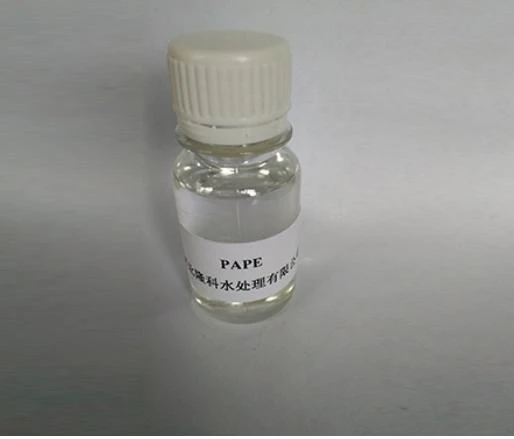oit isothiazolinone
Understanding OIT (Octylisothiazolinone) Applications, Safety, and Future Perspectives
Octylisothiazolinone (OIT) is a chemical compound widely recognized for its applications in various industrial and consumer products due to its antimicrobial properties. As an isothiazolinone derivative, it belongs to a class of compounds that are potent biocides and preservatives. OIT has become increasingly popular in the formulation of paints, coatings, cosmetics, and household cleaning products. This article explores the applications, safety concerns, regulatory status, and future perspectives of OIT.
Applications of OIT
OIT is primarily used as a preservative and fungicide in numerous products. In the paint and coatings industry, it is effective in preventing the growth of bacteria and fungi that can spoil products during storage and application. This characteristic is essential not only for maintaining the integrity of the product but also for extending its shelf life.
In cosmetics, OIT acts as a preservative to protect formulations from microbial contamination. It is often found in lotions, creams, and other personal care items, ensuring they remain safe for consumer use. The compound's ability to eliminate unwanted microorganisms helps manufacturers meet safety standards and provides consumers with reliable products.
Moreover, OIT also finds applications in the textile industry, where it is used to treat fabrics to improve their resistance to microbial degradation. This application is particularly important in producing upholstery and other textiles that require durability and longevity.
Safety and Regulatory Concerns
oit isothiazolinone

While OIT is effective as a preservative, it has raised safety concerns, especially regarding skin sensitization. Studies have shown that exposure to OIT can cause allergic reactions in some individuals, leading to skin irritations and sensitization responses. These safety concerns have prompted regulatory bodies to scrutinize the use of OIT in consumer products.
The European Union has classified OIT as a substance with hazardous properties, which has led to regulations limiting its concentration in various applications. The Biocidal Products Regulation (BPR) in the EU requires companies to assess the safety of biocidal products containing OIT before marketing them. Similarly, countries outside of Europe are also evaluating OIT’s safety and efficacy, leading to a push for more stringent regulations globally.
Consumers are increasingly aware of the ingredients in the products they use, which has led to a demand for safer alternatives to traditional preservatives, including OIT. This shift in consumer preference is pushing manufacturers to explore natural and less harmful preservatives that can effectively replace OIT without compromising product performance.
Future Perspectives
As awareness of the potential risks associated with chemical preservatives grows, the future of OIT in consumer products may be challenged. The ongoing research into natural alternatives and the development of innovative preservative systems could offer viable solutions that meet both safety and efficacy standards.
Furthermore, advancements in formulation technology could minimize the amount of OIT required in products, thus reducing potential exposure and risk. The industry is witnessing a shift towards greener chemistry, and as regulations tighten, manufacturers may need to comply with stricter guidelines concerning the use of OIT and similar compounds.
In summary, Octylisothiazolinone plays a crucial role in various industries due to its antimicrobial properties. However, its safety concerns and regulatory scrutiny present challenges for its continued use. The future will likely see a balance between the effectiveness of OIT in preserving products and the growing demand for safer, alternative formulations. The ongoing research and development efforts will be vital in shaping the landscape of preservatives, ensuring that both consumer safety and product effectiveness are prioritized in the years to come.
-
Water Treatment with Flocculant Water TreatmentNewsJun.12,2025
-
Polymaleic AnhydrideNewsJun.12,2025
-
Polyaspartic AcidNewsJun.12,2025
-
Enhance Industrial Processes with IsothiazolinonesNewsJun.12,2025
-
Enhance Industrial Processes with PBTCA SolutionsNewsJun.12,2025
-
Dodecyldimethylbenzylammonium Chloride SolutionsNewsJun.12,2025





